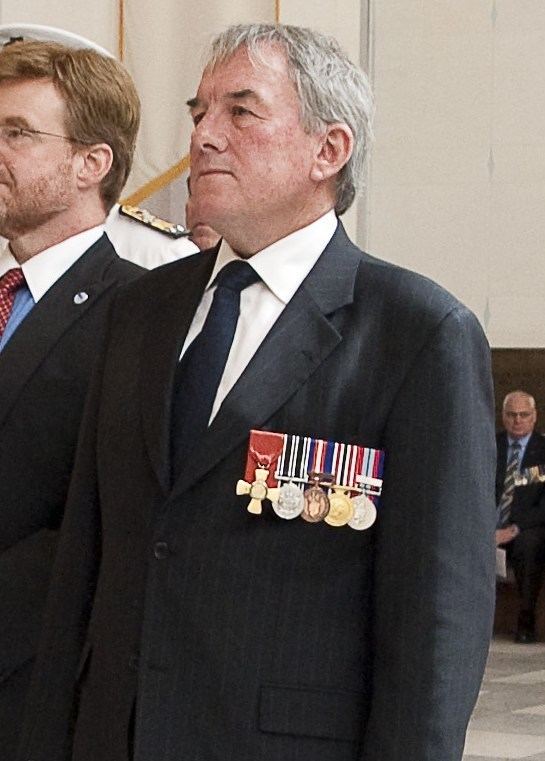 | ||
The New Zealand Royal Honours system, a system of orders, decorations and medals, recognises achievements of, or service by, New Zealanders or others in connection with New Zealand. Until 1975 New Zealand used the British honours system. Since then the country has introduced a number of uniquely New Zealand honours, and as of 2015 only the dynastic British honours continue in active use in New Zealand.
Contents
The Queen of New Zealand awards honours on ministerial advice. However, certain awards remain in the exclusive gift of the Queen.
The Honours Unit of the Department of the Prime Minister and Cabinet administers the New Zealand honours system.
History
Since the beginning of settlement in the mid nineteenth century, British honours were awarded in New Zealand. In 1848, Governor George Grey received the first honour granted to a New Zealand resident, becoming a Knight Commander of the Order of the Bath.
For more than a hundred years the British honours system was used for New Zealand. In appropriate cases, this included peerages and baronetcies.
Bernard Freyberg, although not born in New Zealand and resident outside New Zealand for a considerable portion of his life, had significant connections with New Zealand, and was ennobled while serving as Governor-General of New Zealand in 1951. The current bearer of the title, Valerian Freyberg, 3rd Baron Freyberg, is based in the United Kingdom and is one of the 92 hereditary peers elected to sit in the House of Lords.
Arthur Porritt, a New Zealand-born physician, surgeon, statesman and athlete, became a baronet in 1963 and was appointed Governor-General of New Zealand in 1967 (the first person born in New Zealand to serve in this post), serving until 1972. He returned to England upon the expiry of his term as Governor-General, and was later ennobled in 1973. Porritt was resident in England at the time he was made a baronet and at the time he received his peerage. His son, Jonathon Porritt, is resident in England and is entitled to register his claim to his father's baronetcy (but not to his peerage, since it was a life peerage). He has so far declined to do so, however.
In 1975, after a review of the system, two uniquely New Zealand honours were integrated into it: the Queen's Service Order, and its affiliated Medal. In 1987, the Order of New Zealand was instituted as the supreme New Zealand honour.
In 1996, Robin Cooke, a New Zealand judge, was awarded a life peerage. Following his ennoblement until his retirement at the age of 75, Lord Cooke sat in the British House of Lords as a Law Lord, and ex officio also in the Judicial Committee of the Privy Council, which at that time was the highest authority in the New Zealand judicial system. Lord Cooke is the only Commonwealth judge from outside Britain to have attained this distinction (Lord Atkin was born in Australia but only spent the first three years of his life there before returning permanently to England and Wales). The discontinuance of appeals to the Privy Council from New Zealand in 2003 (combined with the cessation of the judicial functions of the House of Lords since then) makes it unlikely that a similar honour will be granted in future on the strength of judicial services rendered in New Zealand.
A further review of the New Zealand Honours system in 1996 and 1997 resulted in the termination of awards of almost all British honours and the creation of a new five-level New Zealand Order of Merit to replace them. In 2000, Prime Minister Helen Clark announced that no further awards of knighthoods and damehoods would be made in the New Zealand Honours system.
In March 2009, Prime Minister John Key announced the restoration of knighthoods and damehoods to the New Zealand Honours system, with past recipients of the two highest grades of the New Zealand Order of Merit to be eligible to receive titles.
